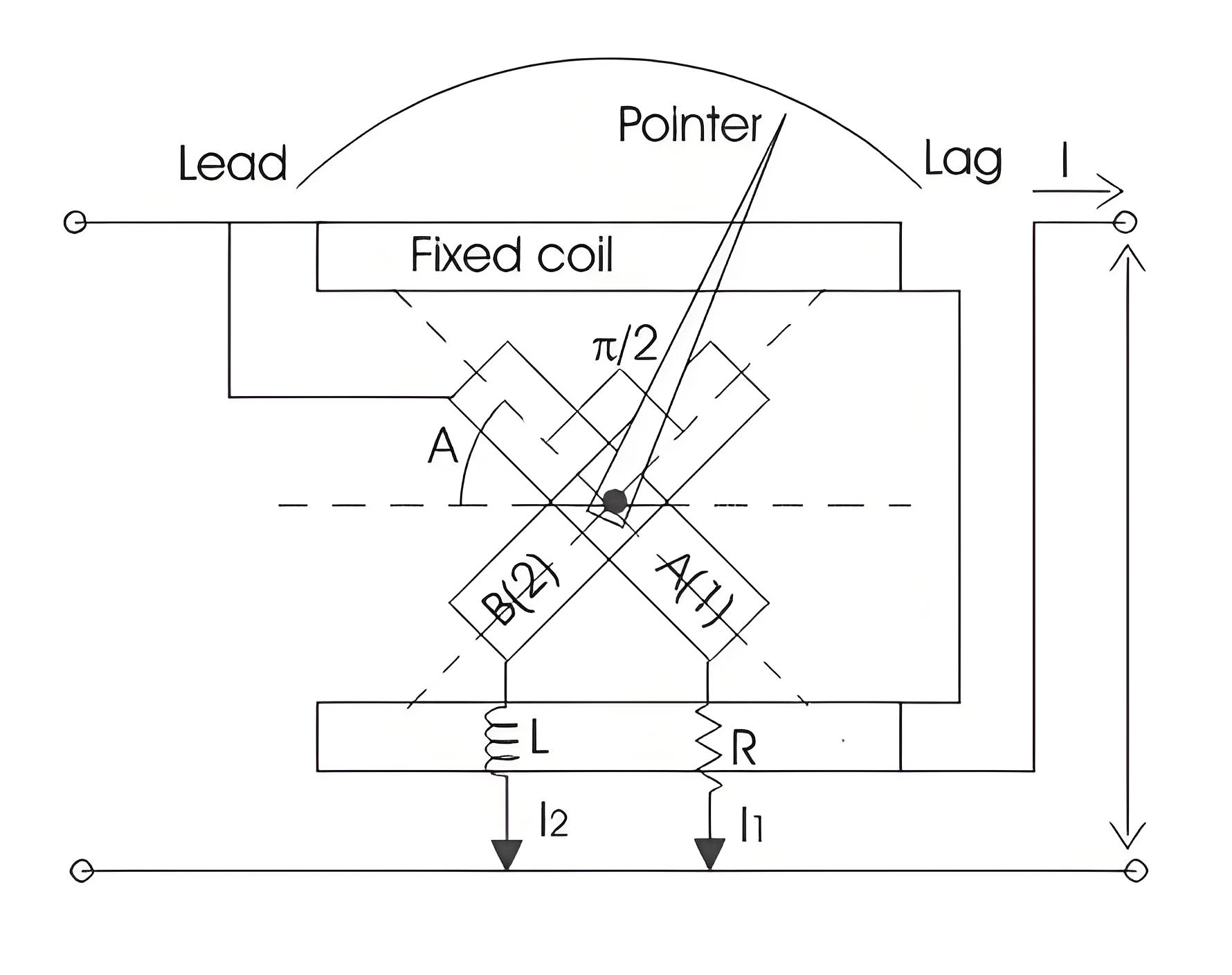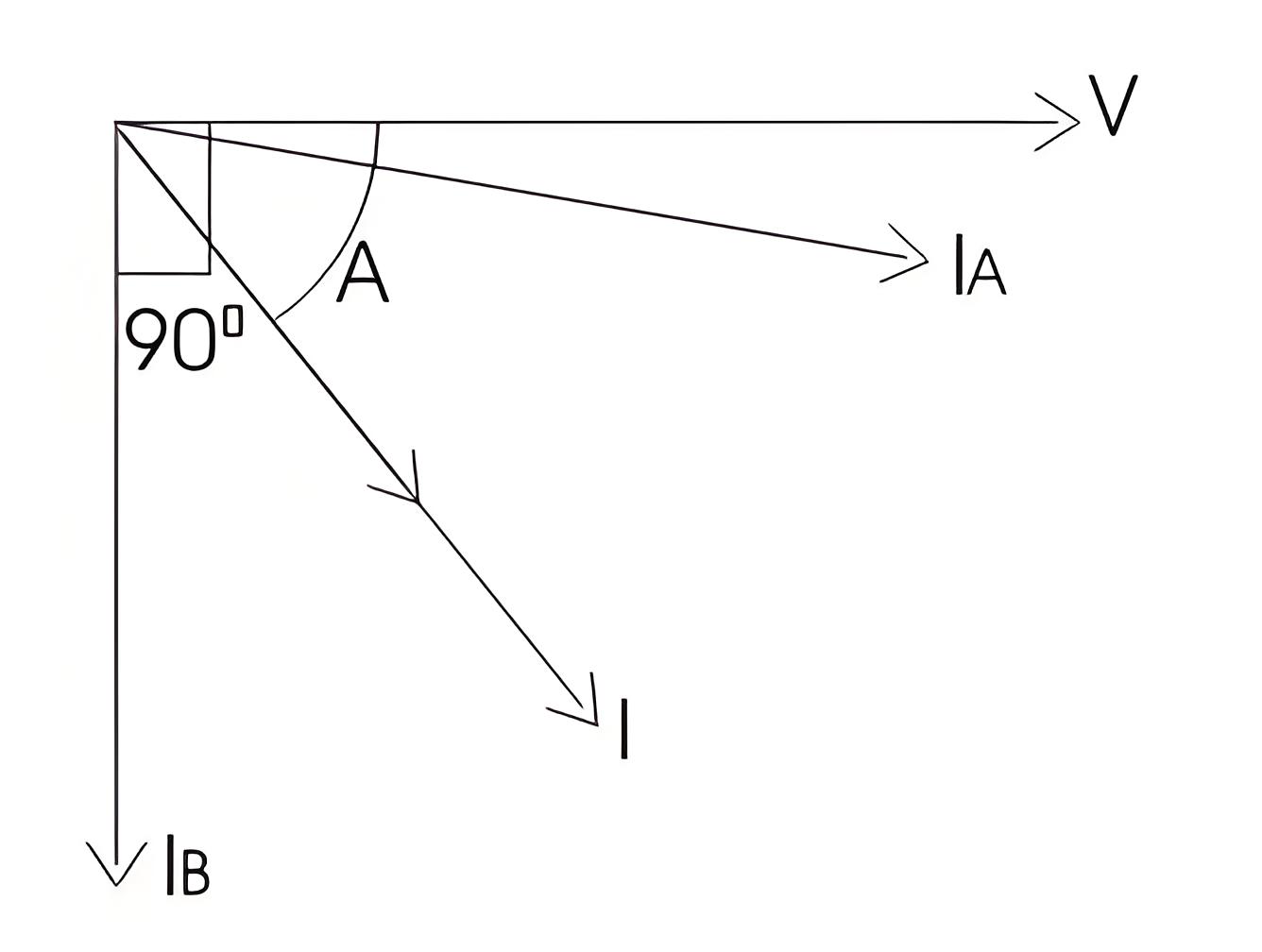What are the Power Factor Meters?
What are the Power Factor Meters?
Power factor meter definition
Power factor meters are devices used to accurately measure the power factor in AC circuits and are essential for industrial applications.
Type of electric dynamometer
This type of meter measures the power factor by using two coils (a resistance coil and an inductor coil) to determine the phase difference between voltage and current.

Now the pressure coil is divided into two parts, one part is pure induction, the other part is pure resistance, as shown by the resistor and the inductor. At present, the reference plane forms an Angle A with coil 1. The Angle between coils 1 and 2 is both 90o.
Therefore, coil 2 is forming an Angle (90o+ A) to replace the reference plane. The scale of the instrument has been correctly calibrated, as shown in the figure, for the cosine value of Angle A. Let's label the resistance connected to coil 1 as R and the inductor connected to coil 2 as L. Now, during the power factor measurement, adjust the values of R and L so that R = wL so that the two coils carry equal amounts of current. Therefore, the current lag 90o through coil 2 is referenced by the current in coil 1 because the coil 2 path is highly inductive in nature.
To understand the deflection torque in this power factor meter, we recognize that there are two deflection torques: one on coil 1 and the other on coil 2. The coil windings are arranged so that these torques are reversed, balancing the Pointers when they are equal. The mathematical expression of the deflection torque of coil 1 is:


Working principle
The working principle of the instrument is to balance the deflection torque of the coil, and the deflection Angle indicates the phase Angle.
Advantage
Because the use of iron components is minimal and the loss is small, the error in the small frequency range is also small compared to the moving iron type instrument.
Their high torque is the weight ratio.
Shortcoming
Less working force than moving iron instruments.
The scale does not extend beyond 360o.
The calibration of electric dynamometer type instrument is greatly affected by the variation of voltage frequency of power supply.
They are very expensive compared to other tools.
The Electricity Encyclopedia is dedicated to accelerating the dissemination and application of electricity knowledge and adding impetus to the development and innovation of the electricity industry.













